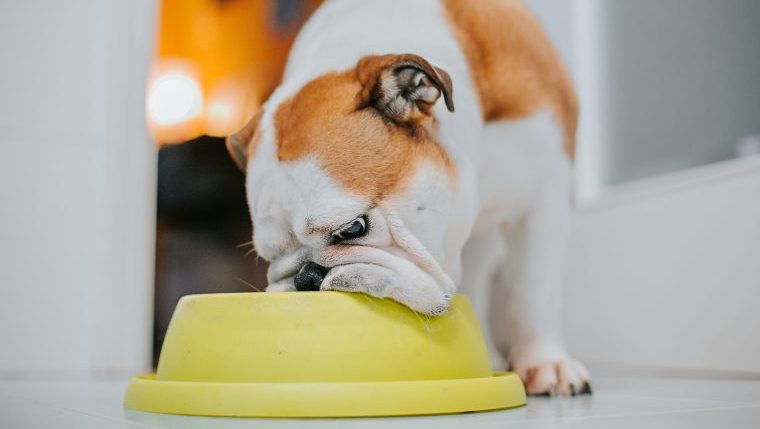
Slow-feeder bowls are the new “it” item with dog owners. Many varieties of these bowls are springing up on the pet market. Some are designed for functionality, others for aesthetics. So what’s all the…


Slow-feeder bowls are the new “it” item with dog owners. Many varieties of these bowls are springing up on the pet market. Some are designed for functionality, others for aesthetics. So what’s all the…



